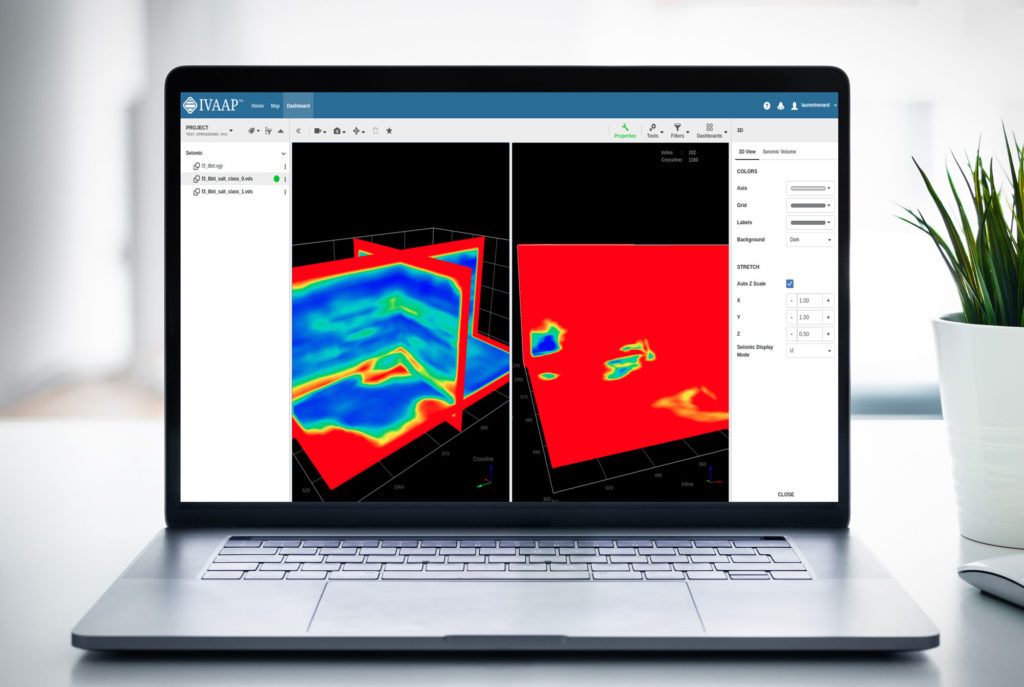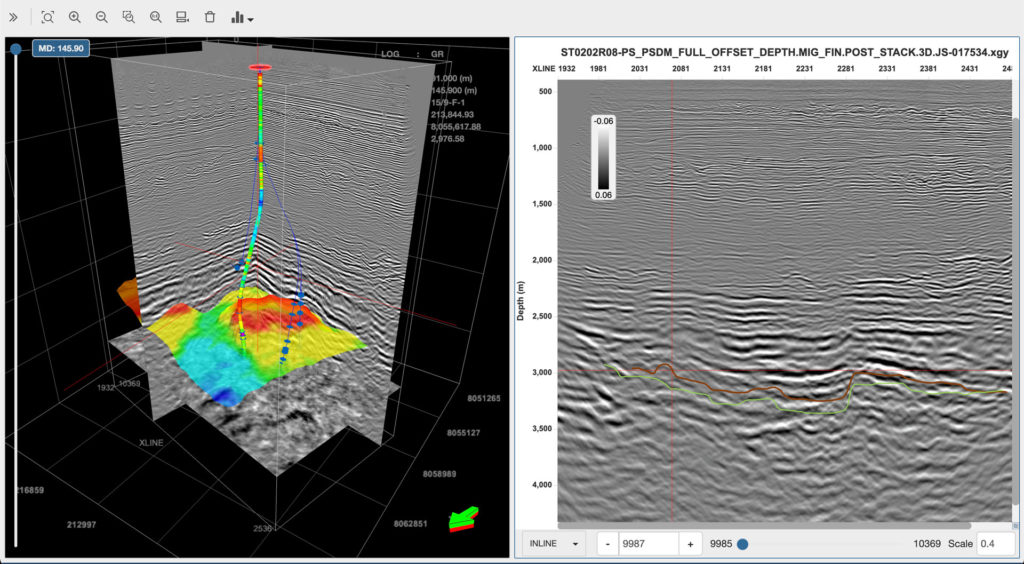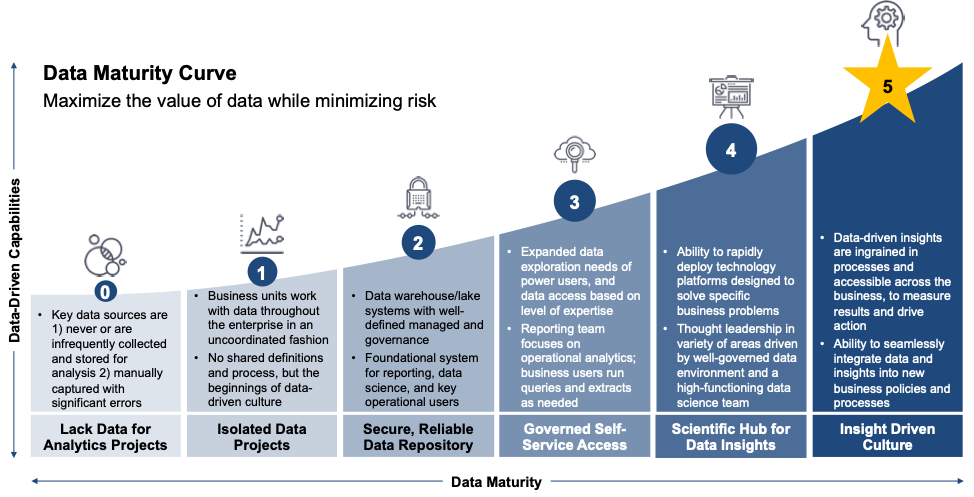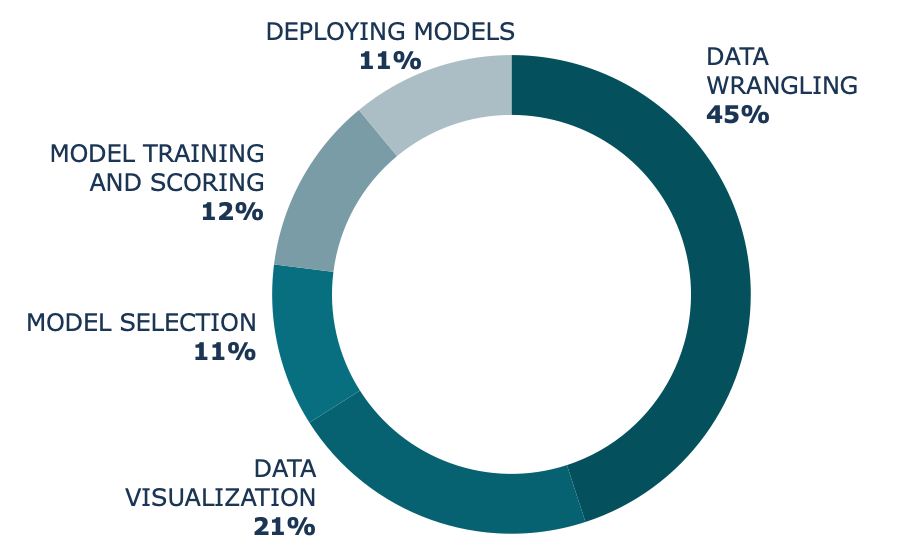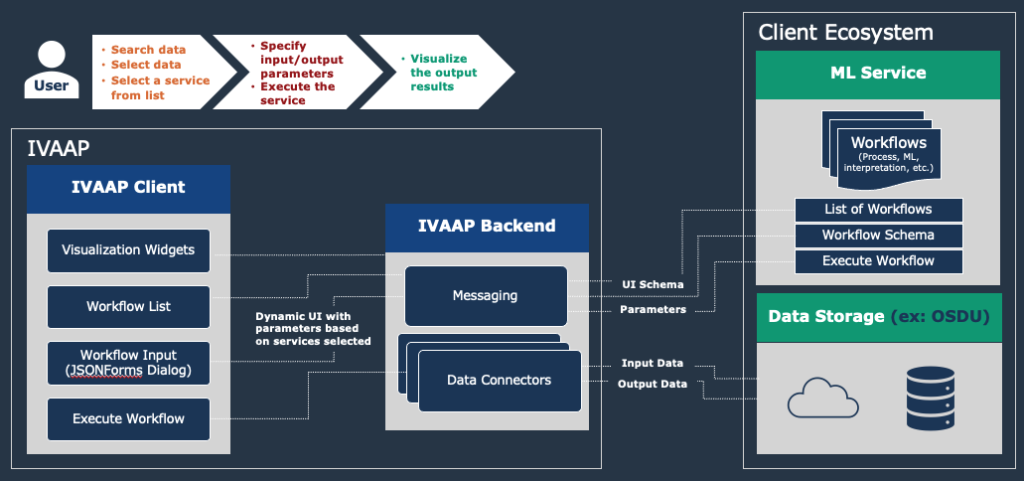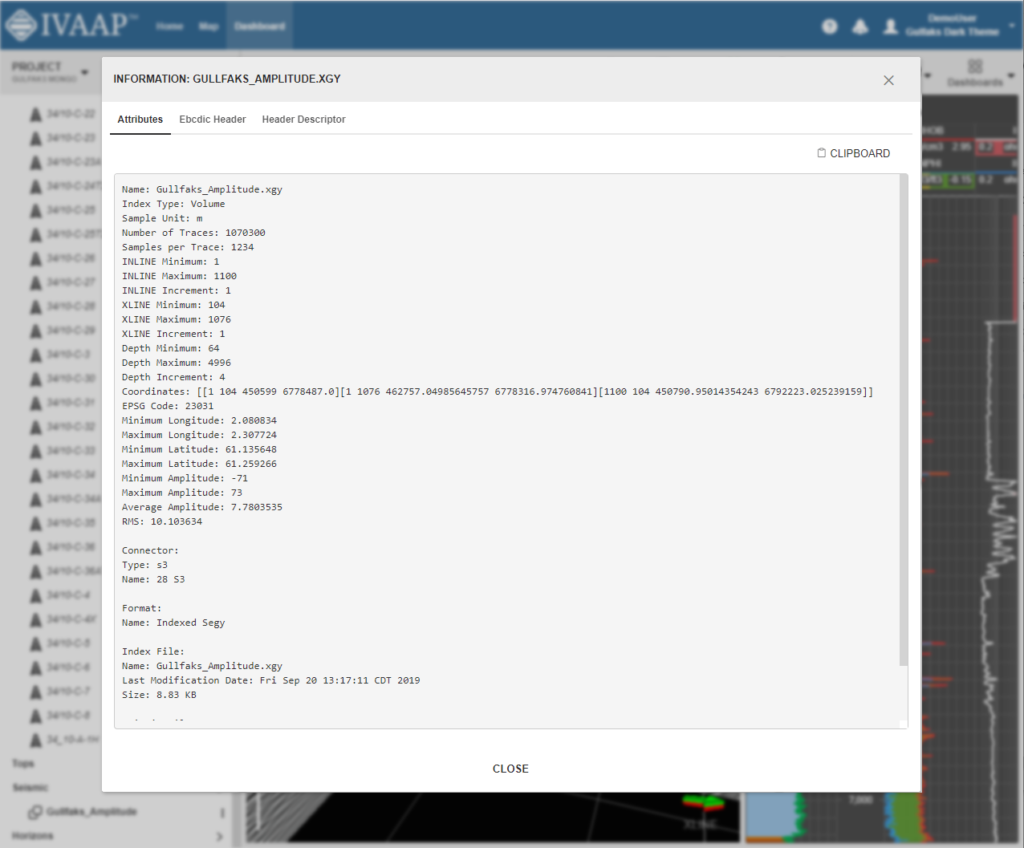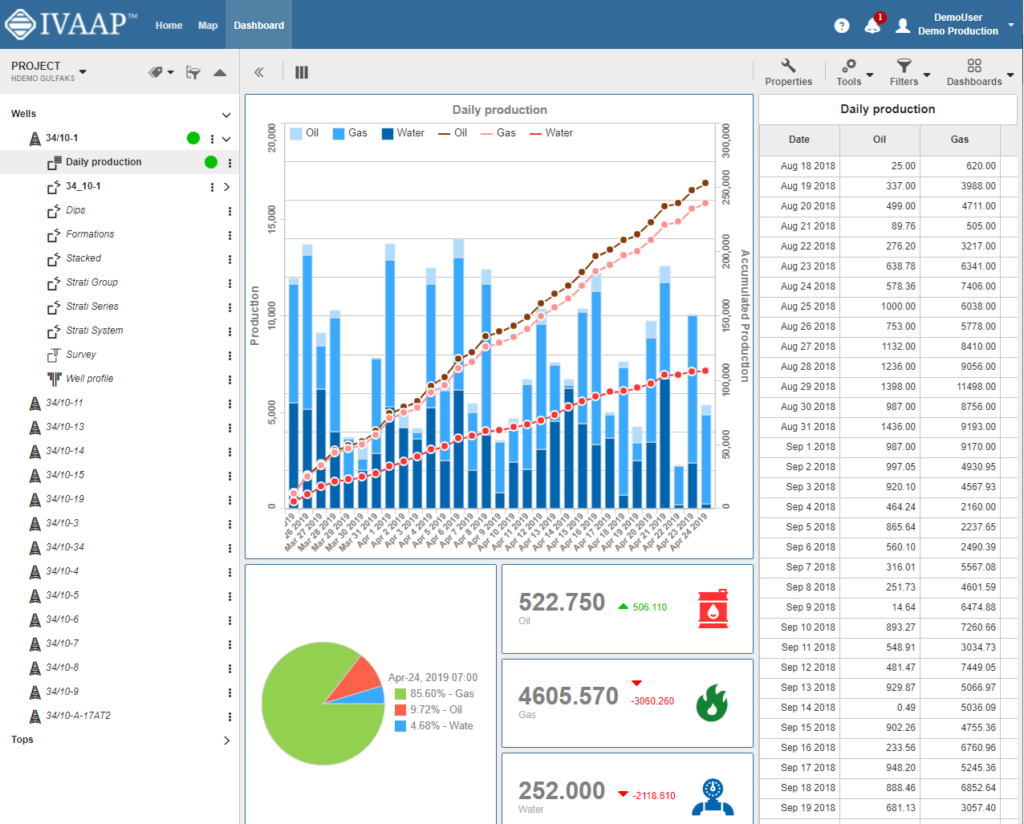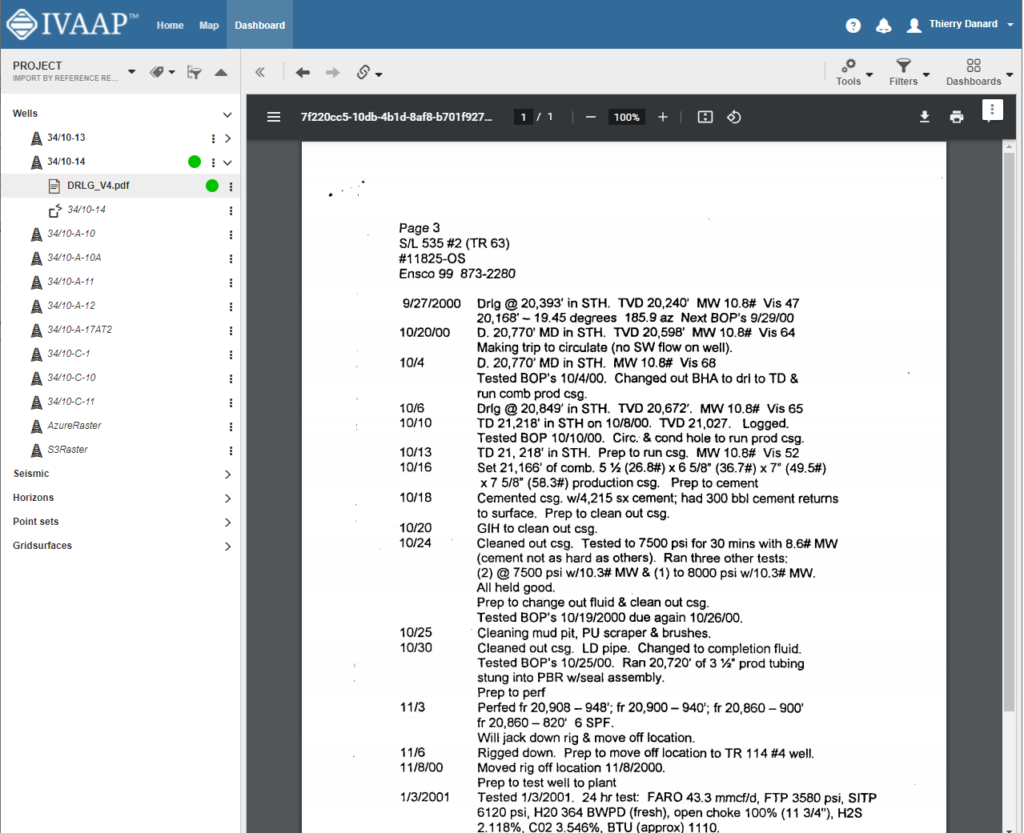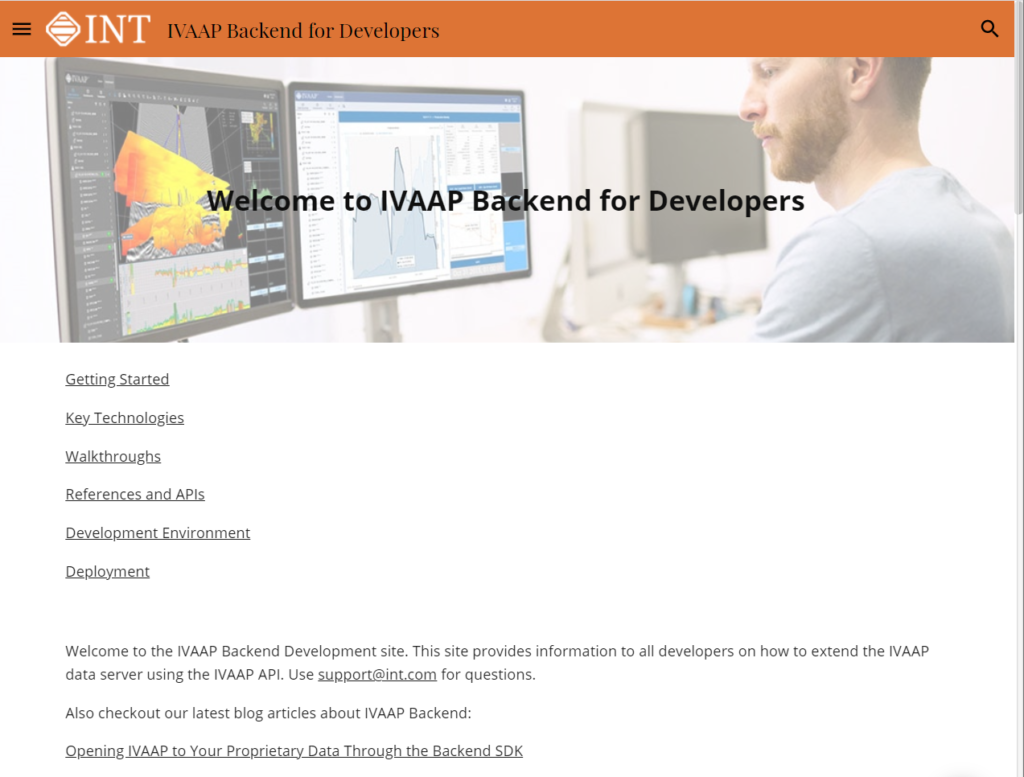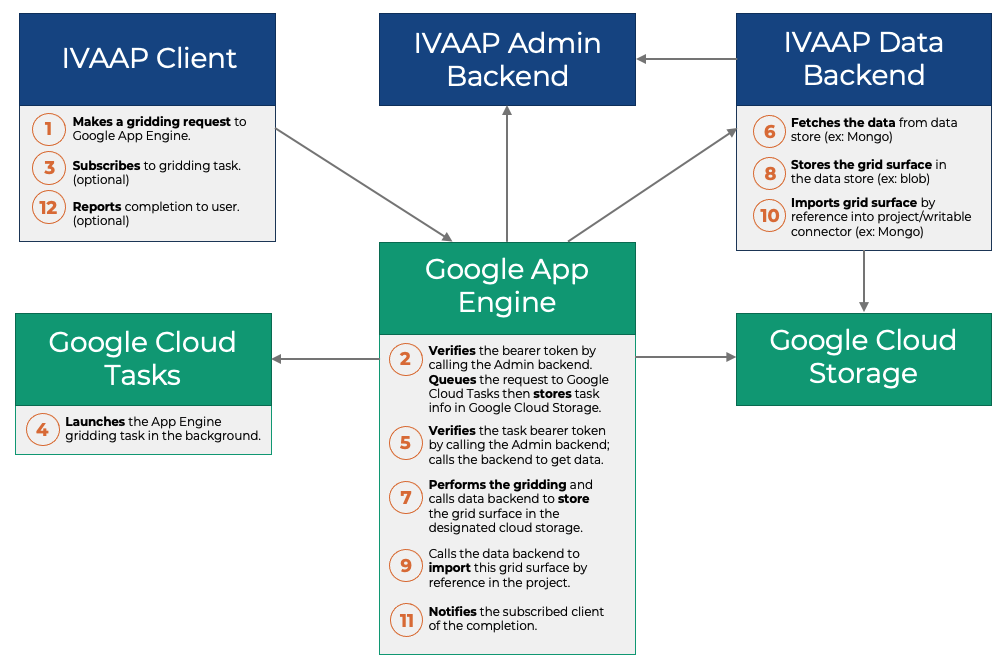This offering powers a unified environment to drive AI, accelerated data analytics, and high-performance computing (HPC) integrated with IVAAP Data Visualization platform.
IBM and Red Hat joined forces to deliver the only market-ready hybrid cloud implementation of the OSDU Data Platform. Additionally, Intel, IBM, and Red Hat are teaming up to deliver a fully hybrid cloud-to-edge OSDU-enabled industry offering to power a unified environment to drive AI, accelerated data analytics, and high-performance computing (HPC). By leveraging Intel’s AI-optimized Xeon Processors with the Intel Open Visual Inference and Neural Network Optimization (OpenVINO) toolkit, operators can benefit from Intel’s performance optimizations built for OpenShift and IBM Cloud Pak for Data.
The OpenVINO toolkit helps optimize computer vision inference models that use artificial intelligence and machine learning (AI/ML) on Intel platforms. It focuses on models that have already been trained, and applies capabilities learned after training a neural network to yield results. The Intel distribution of the OpenVINO toolkit enables the optimization, tuning, and running of comprehensive AI inference using the included model optimizer and runtime and
development tools.
Bringing to Life OSDU Seismic Interpretation Workflows from Intel/IBM Red Hat with IVAAP: A Demonstration on Salt and Fault Detection
Seismic interpretation—the tedious manual task of picking faults and horizons within sections to ultimately build an earth model that identifies proven hydrocarbons—is undergoing a fundamental shift. The application of AI/ML to uncover hidden patterns and correlations enables geoscientists to gain visibility into complex relationships between geologic features and seismic data. Because artificial neural networks learn by example and can solve problems with diverse, unstructured and interconnected data, deep learning (a subfield of ML) is an exciting technology for seismic interpretation.
As an example of the power of IBM Open Data for Industries, Intel and IBM have partnered with INT—a widely adopted oil and gas visualization software provider for more than 30 years—to deliver an end-to-end workflow using INT IVAAP for upstream data visualization.
Thanks to its hybrid cloud foundations, this implementation of the OSDU Data Platform can easily be applied as a supervised deep learning approach to locating subsurface features, such as a salt dome. Deploying an optimized model generated from OpenVINO on the platform can accelerate the end-to-end seismic interpretation workflow.
In this example, the data was visualized using INT’s IVAAP to locate the seismic information by navigating through the IVAAP geospatial interface. Once the data is selected in the IVAAP project, it can easily be retrieved within the OSDU delivery API for use in a Jupyter Notebook where the OpenVINO libraries are available.
The seismic inference workflow integrates INT IVAAP visualization for the selection of a data and AI model, and integrates to an IBM Open Data for Industries instance within a Jupyter Notebook for inference processing. The inference results and statistics can be viewed within IVAAP visualization for quality inspection and analysis. This complete AI inference workflow—from the data and model elections up to display of inference results—can be easily leveraged to other data types and inference models. In addition, it can be extended through to additional subsurface inference workloads from data QC to interpretation and extrapolation. IVAAP can also be used to visualize facies characterization, data classification, log prediction, and more.
The Power of Collaboration—and a Robust Visualization Solution—in the Cloud
As IBM, Red Hat, and Intel have shown, collaborations are key to driving success of the OSDU Data Platform—their shared goal is to make edge computing and connected hybrid clouds more secure, open, and flexible with complete interoperability.
To make the most of these interconnected functionalities, you need a robust, cloud-based front-end visualization that works with the OSDU platform to consume that data, launch and execute machine learning workflows, and visualize the results, all in one platform in the cloud.
To learn more about how IVAAP supports machine learning, visit int.com/solutions/machine-learning/ or to learn more about INT’s partnership with IBM, check out our press release.
